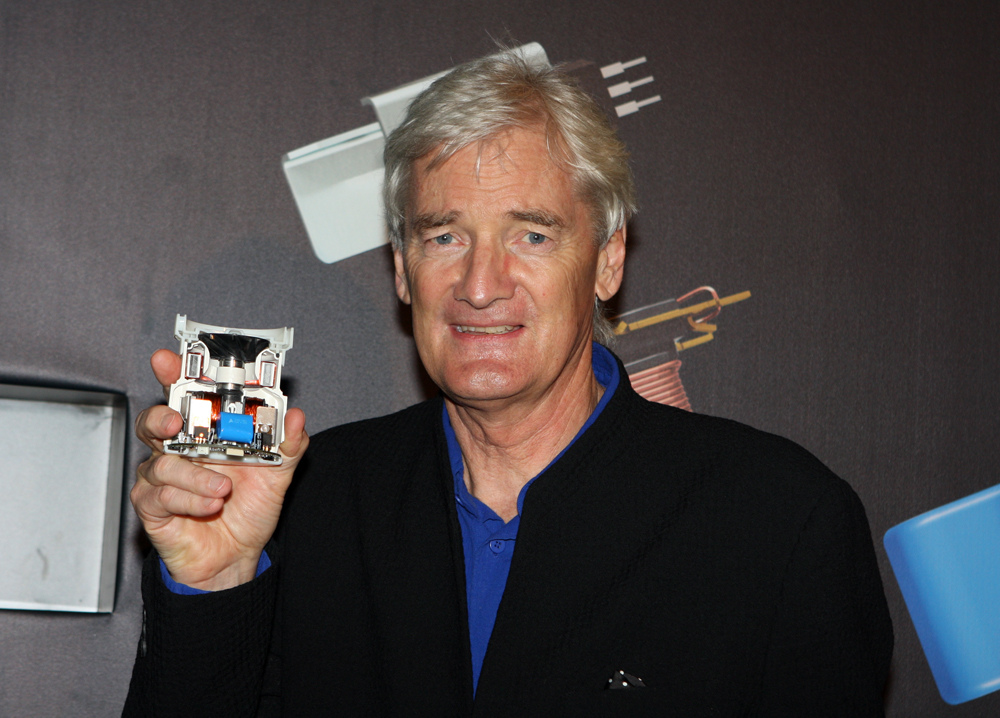Speculation is mounting that the historic Ballynatray House set in an estate spanning 850ac has been sold to British inventor James Dyson.
The 18th century Georgian mansion located close to Youghal on the border of counties Cork and Waterford comes with breathtaking views over the Blackwater River.
The property was offered for sale by British property developer Henry Gwyn-Jones who bought the estate in 2004.
It is believed that the estate has been sold for around €35 million, making it among the highest value private property sales ever in the country.
Dyson
The identity of the buyer has not been officially confirmed but local sources who spoke to Agriland said that there is strong speculation in the area that James Dyson will be the new owner of Ballynatray.
The 76-year-old British billionaire is best known as the inventor of the bagless vacuum cleaner.
He is one of the wealthiest people in the UK with an estimated fortune of £23 billion, according to the 2023 Sunday Times Rich List.
James Dyson was one of the most prominent UK business leaders to publicly support Brexit before the referendum in June 2016.
In 2019, it was announced that Dyson headquarters was relocating from the UK to Singapore which the chief executive said was about “future proofing” the business, rather than anything related to Brexit.
Dyson has a keen interest in farming and owns 36,000ac of land in England across Lincolnshire, Oxfordshire, Gloucestershire and Somerset.
Dyson Farming has invested in multiple research projects and operates a 15ac glasshouse in Carrington for the production of British strawberries.
“Farming is not a cottage-industry, or something quaint and nostalgic; efficient, high-technology agriculture holds many of the keys to our future,” he said.
Dyson owns multiple lavish properties across the world, along with a luxury yacht, helicopter and private jets.
Ballynatray House
According to Historic Houses of Ireland, Ballynatray was granted to Sir Richard Smyth, brother-in-law to the Great Earl of Cork in the early seventeenth century.
After being largely destroyed in the rebellion of 1641, the house was incorporated into a very large Palladian house, built by Grice Smyth to the designs of Alexander Dean of Cork in 1975.
The property remained in the Smyth family until it was sold to Serge and Henriette Boissevain in the late 1990s who carried out a major restoration programme.
Under the later ownership of Henry Gwyn-Jones the house and estate were used for weddings, events and outdoor pursuits.
